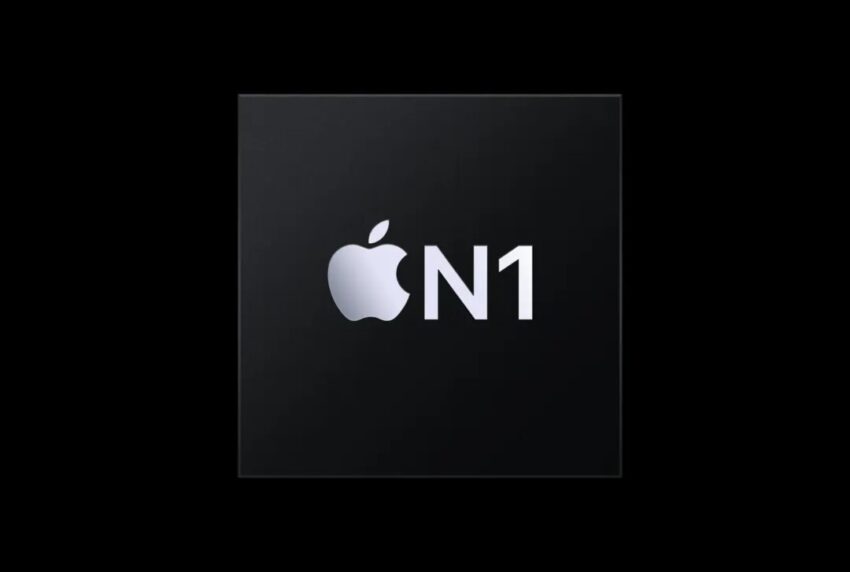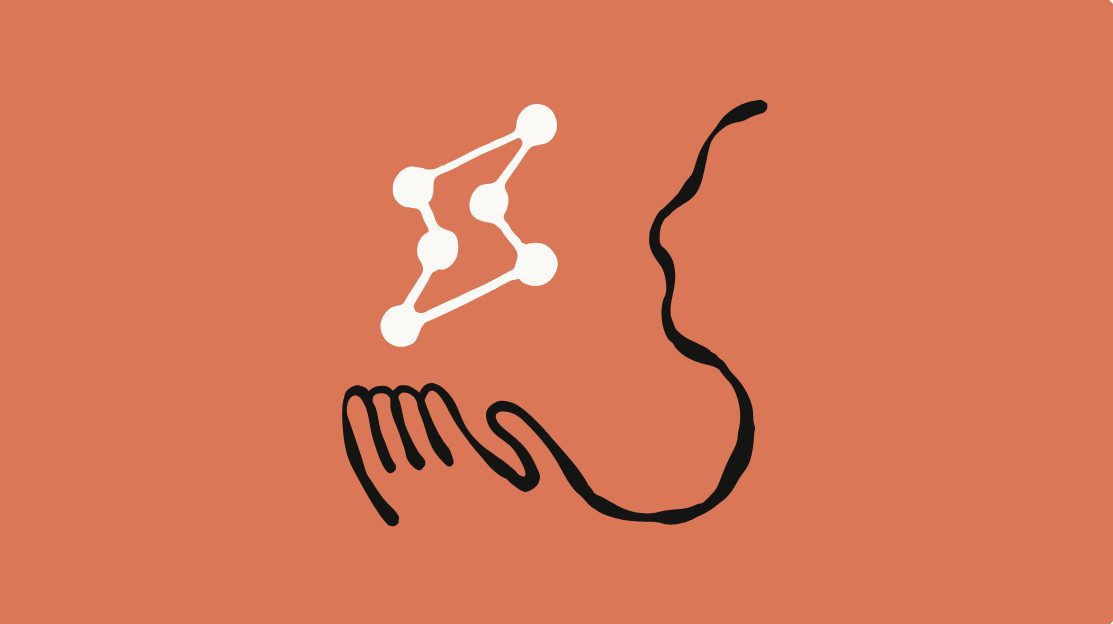
the ipad just got the chip it Apple’s latest M5-powered iPad Pro introduces significant advancements in smart home technology by incorporating the Thread protocol, positioning itself as a potential hub for smart home devices.
the ipad just got the chip it
Introduction of the N1 Wireless Networking Chip
The new iPad Pro is the first model to officially support the Thread smart home protocol, thanks to Apple’s innovative N1 wireless networking chip. This chip not only enhances connectivity with Wi-Fi 7 and Bluetooth 6 but also integrates Thread, which is essential for the Matter smart home standard. This integration marks a pivotal moment for Apple, as it could reestablish the iPad as a central controller for smart home devices.
What is Thread and Why Does it Matter?
Thread is a low-power, wireless mesh networking protocol designed specifically for smart home devices. It allows devices to communicate with one another directly, rather than relying on a central hub, which can enhance reliability and reduce latency. The protocol is particularly beneficial for battery-operated devices, as it consumes less power compared to traditional Wi-Fi connections.
With the introduction of Thread in the iPad Pro, users can expect improved performance when controlling smart home devices. The iPad can facilitate the setup of various Thread-enabled devices, such as smart lights, locks, and plugs, without the immediate need for a dedicated Thread border router. This feature simplifies the process of integrating new devices into a smart home ecosystem, making it more accessible for users.
Current Capabilities and Future Implications
While the immediate implications of the iPad Pro’s Thread support may not be fully realized, the potential for future developments is significant. The iPad Pro will not function as a Thread border router, as these devices require a constant power source. However, the presence of a Thread radio in a mobile device like the iPad allows for direct control of Thread gadgets, enhancing both speed and reliability.
In scenarios where a Thread border router is unavailable, such as during a power outage, the iPad can still communicate with battery-powered Thread devices. This capability ensures that users maintain control over essential smart home functions, such as locking doors or adjusting lighting, even in adverse conditions.
Apple’s History with Thread
Apple has been utilizing the Thread protocol in its smart home ecosystem since the launch of the HomePod Mini in 2020. The integration of Thread into Apple Home has provided users with numerous benefits, including:
- Reduced latency for quicker device response times
- Lower power consumption for battery-operated devices
- More reliable local control, minimizing reliance on cloud services
Despite the growing number of Thread-enabled devices, the market is still in its nascent stages. However, the increasing adoption of the Matter standard, which supports Thread, is expected to accelerate the development of compatible devices.
The Potential Return of the iPad as a Home Hub
One of the more intriguing possibilities surrounding the iPad Pro’s Thread capabilities is the potential for Apple to reintegrate the iPad into its Home hub ecosystem. Previously, any iPad could serve as an Apple Home hub, allowing users to run automations and control devices remotely. However, with the introduction of a new Home Architecture in 2022, the iPad was deprecated as a hub, requiring users to rely on devices like the Apple TV or HomePod Mini for advanced features.
Reintroducing the iPad as a Home hub would be a welcome change for many users. It would allow for a more flexible and cost-effective solution for managing smart home devices. While the iPad Pro is a high-end device, the integration of Thread capabilities could also be beneficial for lower-cost models, such as the iPad Mini. Utilizing a $1,000 M5 iPad Pro as a smart home controller may seem excessive, and a more affordable option could appeal to a broader audience.
Market Reactions and Stakeholder Perspectives
The introduction of Thread support in the iPad Pro has garnered attention from various stakeholders in the tech and smart home industries. Industry analysts have noted that this move aligns with Apple’s broader strategy to enhance its ecosystem of devices and services. By integrating Thread into more products, Apple is positioning itself as a leader in the smart home market, competing with other tech giants like Google and Amazon.
Consumers have expressed mixed reactions. While many are excited about the potential for improved smart home integration, some are cautious about the actual implementation and usability of these features. The success of Thread in the iPad Pro will largely depend on the availability of compatible devices and the overall user experience.
Looking Ahead: Future Products and Innovations
The introduction of the N1 chip in the iPad Pro raises questions about its potential use in future Apple products. Speculation is rife that we may see the N1 chip in upcoming devices such as a new Apple TV or a second-generation HomePod Mini. These devices could benefit significantly from the speed and reliability enhancements offered by the N1 chip, further solidifying Apple’s position in the smart home market.
As the smart home landscape continues to evolve, the integration of advanced technologies like Thread and Matter will play a crucial role in shaping user experiences. Apple’s commitment to these protocols indicates a long-term strategy aimed at fostering a more interconnected and efficient smart home ecosystem.
Conclusion
The launch of the M5-powered iPad Pro with Thread support marks a significant step forward for Apple in the realm of smart home technology. While the immediate implications may be limited, the potential for future developments is vast. As Apple continues to innovate and expand its ecosystem, the integration of Thread into the iPad Pro could pave the way for a more seamless and reliable smart home experience.
In summary, the iPad Pro’s new capabilities could not only enhance individual user experiences but also contribute to the broader adoption of smart home technologies. As consumers increasingly seek integrated solutions for their homes, Apple’s advancements in this area may well position it as a key player in the future of smart living.
Source: Original report
Was this helpful?
Last Modified: October 16, 2025 at 1:39 am
1 views














